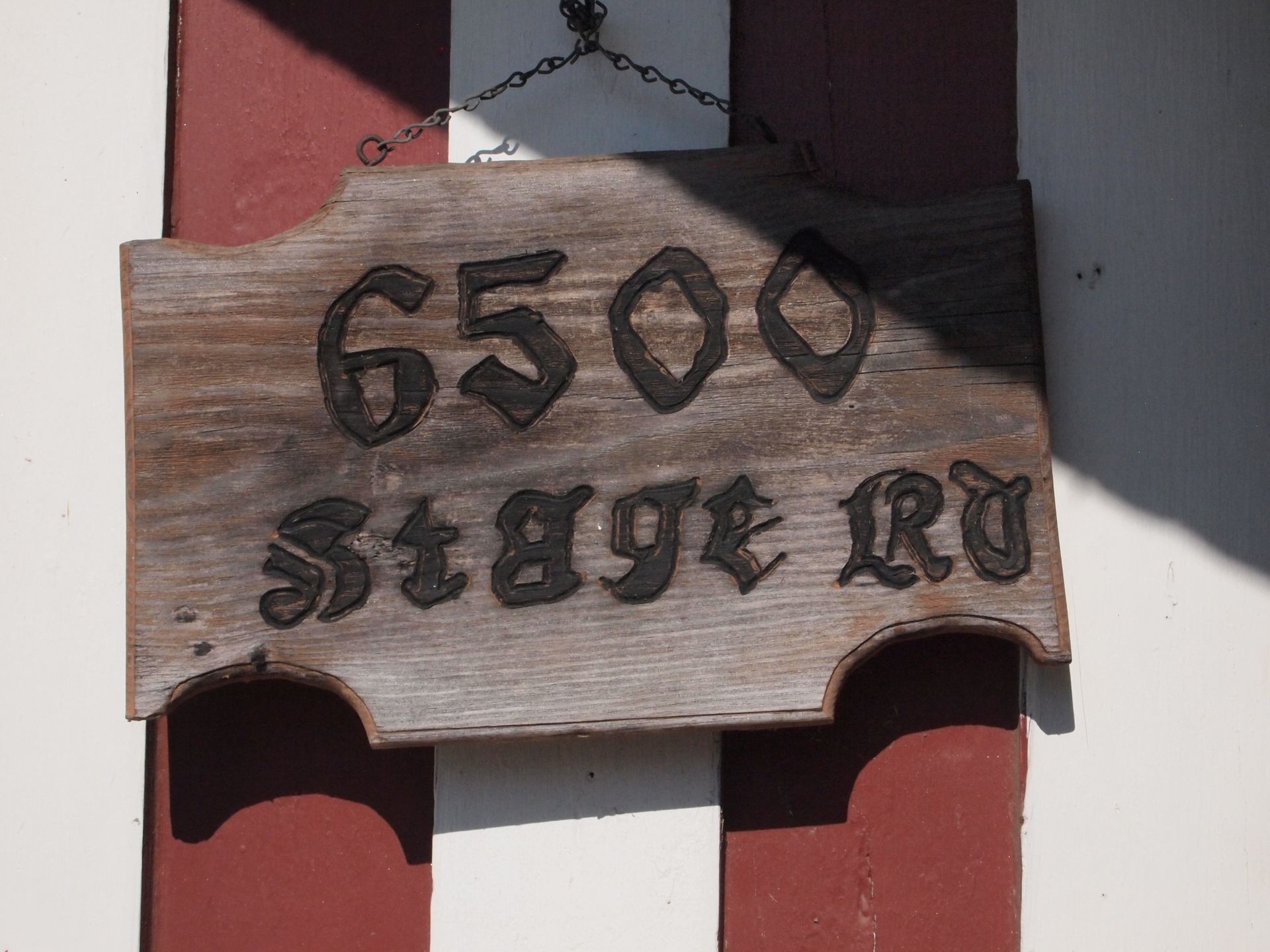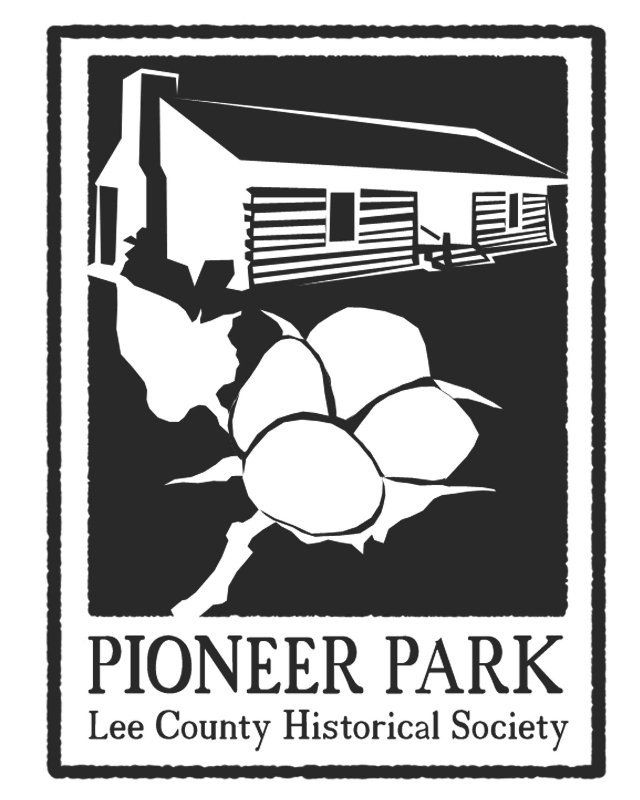Traditional Song and Music
Discover the rich history and cultural significance of traditional instruments with the Whistle Stop Pickers. From the origins of the banjo to the soothing melodies of the dulcimer, explore the timeless beauty of old-time music preserved through the ages.
Preserving Musical Traditions
The Lee County Historical Society, along with the Whistle Stop Pickers, is dedicated to upholding the legacy of old-time music performed on traditional instruments.
The Birth of the Banjo
The banjo, as we recognize it today, has its origins in Africa centuries ago. Enslaved individuals brought this instrument to America, where it became known as the banjo. It features a skin stretched over a frame with adjustable strings, allowing players to produce diverse sounds by shortening or lengthening them.
Exploring Claw Hammer Style
One popular banjo playing style is known as claw hammer, where players hold their hands as if holding a hammer and strike the strings with their fingernails. This technique creates a distinctive rhythmic sound, reminiscent of traditional African music.
The Evolution of the Hammered Dulcimer
Originating in the Middle East around 900 A.D., the hammered dulcimer traversed Africa and Europe before arriving in the New World by the early 19th century. Its logical layout makes it easier to play than commonly perceived, with each move up a black hash mark corresponding to a perfect fourth interval.
Unveiling the Violin
The violin, a staple of stringed instruments, evolved during the Renaissance period in the 15th and 16th centuries. Crafted from wood with strings typically made of maple and spruce, it is played with a bow made of wood and horsehair. While similar to a fiddle, the distinction lies in the playing style rather than the instrument itself.
Introducing the Autoharp
Developed in the late 1800s, the autoharp gained popularity in the United States after 1920. Featuring 37 strings and 18 chord bars, it was initially used for accompaniment before players learned to press chord bars for individual notes, expanding its musical capabilities.
Embracing the Dulcimer
The mountain dulcimer, also known as the lap or Appalachian dulcimer, emerged in the Appalachian Mountains in the 1700s. These personal instruments, crafted from various woods and in different shapes, produce soft, gentle sounds ideal for personal enjoyment.
Conclusion
As demonstrated by the Whistle Stop Pickers, traditional acoustic instruments like the banjo, hammered dulcimer, violin, autoharp, and dulcimer carry rich histories and cultural significance. Through their preservation and continued performance, these instruments serve as a testament to the enduring traditions of old-time music.
Visit the Next Virtual Stop
Explore the timeless artistry of traditional textile crafting methods in "Exploring Textiles." From cotton cultivation to intricate weaving, uncover the rich history and enduring creativity that shape our modern world.
Visit the Previous Virtual Tour Stop
This is the text area for a paragraph describing this service. You may want to give examples of the service and who may benefit. Describe the benefits and advantages of this group of services, explaining to users why they should choose your company.
Would you like to visit Pioneer Park firsthand or arrange a field trip?
The museum is open Wednesdays through Fridays: 12:00 p.m. to 4:00 p.m. and all of Pioneer Park is open every Second Saturday of Every Month: 9:00 a.m. to 3:00 p.m.
Museum tours may also be scheduled at other times by appointment by calling (334) 887-3007.

Loachapoka, Alabama 36865
- Auburn Heritage Association
- Chattahoochee Valley Historical Society
- Clay County Historical Society
- Columbia Historical Society
- Dale County Historical Society
- Dothan Landmark Park
- Early County Historical Society
- Eufaula Heritage Association
- Henry County Historical Group
- Historic Chattahoochee Commission
- Historic Columbus Foundation
- Historic Westville
- Troup County Historical Society
